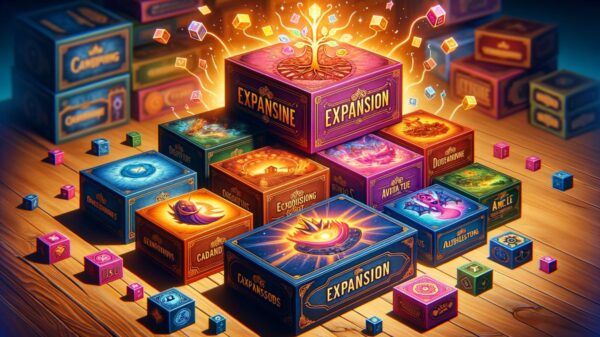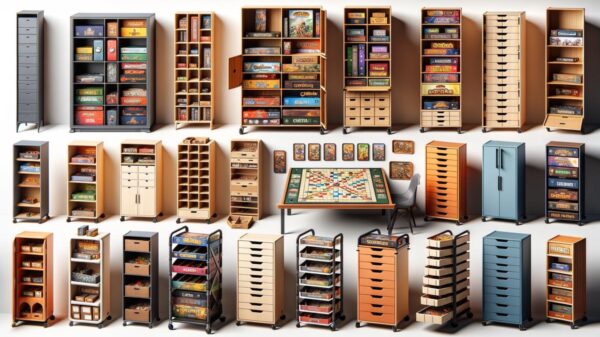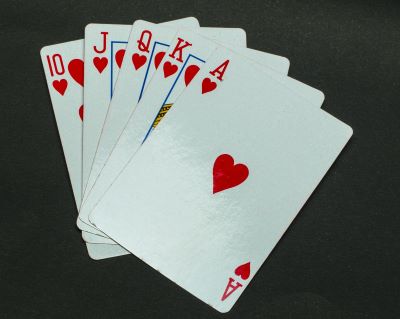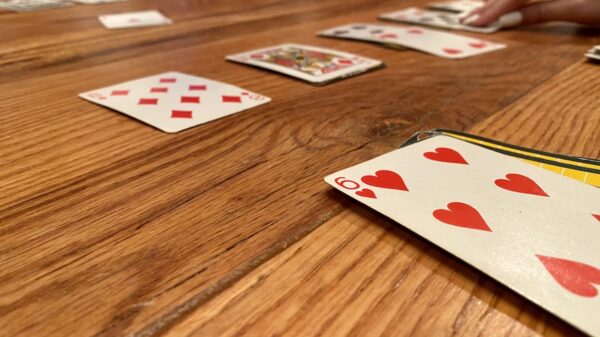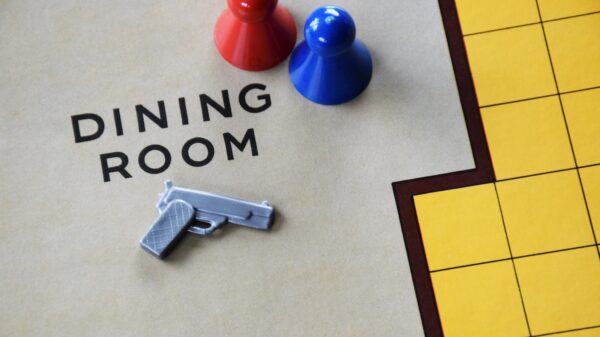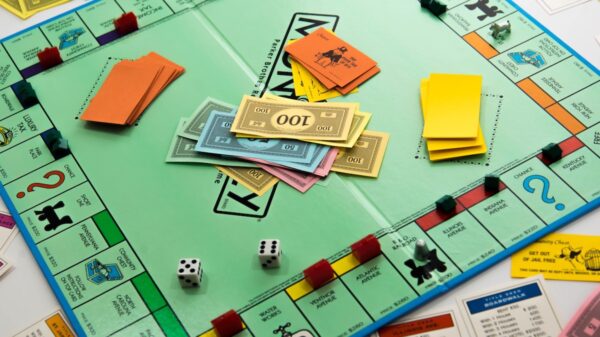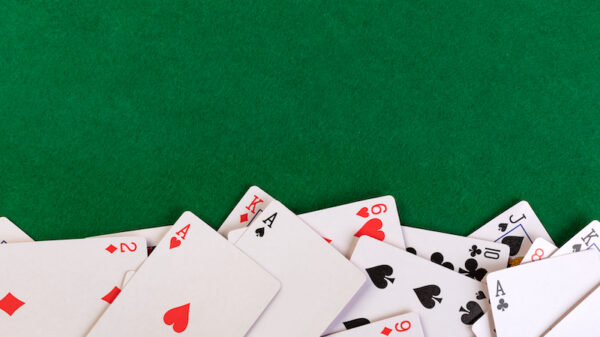How To Craft Your Own Board Game: Complete Guide
Making a board game is an exciting endeavor that involves a mix of creativity, strategy, and attention to detail. From selecting the perfect theme to ensuring the rules are engaging and clear, each step you take in the process contributes to crafting a game that players will enjoy. The initial choice of theme sets the tone, while the careful construction of rules and components turns your concept into a playable reality. This article guides you through these critical steps, offering insights and advice on how to create a board game that captivates and entertains.
Designing the Concept
Choosing a Theme for Your Board Game
Creating a board game can be a thrilling project, but before diving into mechanics and rules, you need to decide on a theme. A theme will not only make your game more engaging but also help guide your decisions throughout the development process. Here’s how to pick the perfect theme for your board game.
Know Your Audience
Start by considering who will play your game. Are you targeting families, hardcore gamers, or casual players at social gatherings? Different audiences will likely be drawn to different themes. While a fantasy theme might captivate RPG enthusiasts, a lighter, more universal theme, like animals or food, might appeal to families and casual players.
Explore Your Interests
Choose a theme that excites you. Designing a game is a labor of love, and if you’re passionate about the theme, it will shine through in your work. Whether it’s history, science fiction, or mythology, your enthusiasm will help fuel your creativity and commitment to the project.
Research Popular Themes
Take a look at popular board games and notice which themes recur due to their wide appeal. Themes like exploration, adventure, building, and mystery tend to be well-received because they easily lend themselves to dynamic game elements. Don’t copy, but let these successful examples inspire you.
Consider the Market
While it’s important to choose a theme you love, you also want your game to stand out. Check current market trends to see what’s oversaturated and what’s underrepresented. A unique theme or a fresh take on a popular theme can make your game more appealing to both consumers and publishers.
Simplicity vs. Complexity
Decide on the complexity of your theme. A complex theme might offer depth but could be off-putting to beginners. On the other hand, a simple theme might be more accessible but potentially less engaging for experienced gamers. The key is to balance novelty with accessibility.
Integration with Mechanics
Think about how well your theme integrates with game mechanics. Your theme and mechanics should complement each other, creating a cohesive and immersive experience. If your theme is sailing, mechanics involving navigation, exploration, and trade might be fitting.
Visual Appeal
Finally, consider the visual potential of your theme. Attractive, thematic artwork can greatly enhance a game’s appeal. Your theme should inspire captivating designs, engaging players not just with gameplay but with visual storytelling.
Conclusion
Choosing a theme for your board game is a crucial step that sets the foundation for your game’s development. By understanding your audience, engaging with your passions, and conducting thoughtful research, you can select a theme that not only resonates with players but also enriches the gaming experience. Remember, a great theme can captivate imaginations and transform a good game into an unforgettable one.
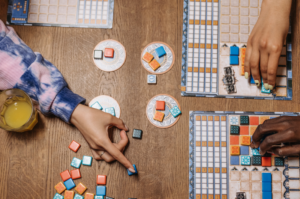
Creating the Rules For Your Board Game
Creating Clear and Engaging Rules for Your Game
Crafting a game that’s both fun and engaging hinges on more than just an enticing theme or eye-catching visuals. The foundation of any great game lies in its rules. Clear, concise, and engaging rules not only make your game accessible but also enhance the gaming experience, making every session a memorable event. Here’s how to create rules that keep players coming back for more.
Start With the Basics:
Begin with a simple overview of the game’s objective. What is the end goal? How can players achieve it? This sets the stage and gives players a clear direction. Remember, the best game rules are easy to understand but challenging to master.
Break It Down: Divide your rules into manageable sections. Consider categorizing them into setup, gameplay, and scoring or winning criteria. Breaking down the rules makes them easier to digest and refer back to. Visual aids, like diagrams or quick-reference cards, can also help players grasp complex ideas at a glance.
Use Clear, Direct Language: Avoid jargon or overly technical terms unless they are defined in a glossary. Your aim is to write rules that can be easily understood by someone completely unfamiliar with the game. Think about explaining the game to a friend who has never played it before—how would you phrase the rules to make them as clear as possible?
Engage With Examples: Illustrate tricky concepts with examples. Showcasing a few rounds of play can clarify how the rules apply in real situations. This is particularly helpful for visual or kinesthetic learners who benefit from seeing things in action.
Be Consistent: Consistency in terminology and format throughout your rulebook prevents confusion. If you refer to a game piece as a “knight” in one section, don’t switch to calling it a “warrior” in another. Consistency helps players quickly become familiar with the game’s terms and concepts.
Test and Feedback:
Playtest your game with a variety of groups and ask for feedback specifically on the rules. Were there parts that were confusing? Did any rules lead to unintended strategies that detracted from the game experience? Use this feedback to refine and simplify your rules.
Update and Evolve:
As your game grows in popularity, you might find the need to adjust or add to your rules. Keep an open dialogue with your gaming community for continued suggestions on improvements. This ongoing process ensures your game stays engaging and fun.
By crafting rules that are clear, direct, and easy to follow, you create a welcoming environment for new players and a satisfying depth for seasoned gamers. Remember, the best rules are those that fade into the background, creating a seamless and immersive game experience that highlights the joy of play.

Building the Game Components For Your Board Game
Moving on to the core of constructing your game, it’s essential to gather the right materials before you dive into the creation process. This ensures you have everything on hand to bring your vision to life efficiently and effectively. Let’s break down the fundamental materials you will need.
Game Board Creation
If your game requires a board, you have a few options based on your design complexity and budget:
- Poster board or foam board: Good for prototypes or homemade games. They’re easy to cut and customize to any size.
- Pre-cut blank game boards: These can be purchased online and provide a sturdy base that folds up like a traditional board game.
Playing Pieces and Tokens
Your game might need objects for the players to use, such as pieces to move around the board or tokens to track progress or resources.
- Use household items: Small objects like beans, coins, or paper clips serve well in a pinch.
- Purchase game pieces: Look for generic game pieces or tokens online. Some suppliers sell a variety of shapes and colors that can fit many game themes.
Cards
If your game involves cards:
- Index cards: For a simple prototype, index cards cut to size work well. You can write or draw directly on them.
- Custom cards: For a more polished look or final product, design cards using computer software and print them on cardstock. You can also find custom card printing services online.
Dice and Timers
Many games use dice or timers to introduce elements of chance or pressure.
- Use what you have: Check other board games you own for dice. For timers, kitchen timers or smartphone apps work great.
- Buy specialty items: For unique dice (like 20-sided) or specific timers, game hobby shops or online retailers are your best bet.
Instruction Manual
A clear, concise instruction manual is crucial.
- Write it out: Use a word processor to type your game rules. Keep the writing simple, clear, and direct, mirroring your game’s style.
- Print and bind: Print the instructions on quality paper. For a homemade feel, staple the pages together. For something more durable, consider a simple binding at a local print shop.
Art Supplies
To give your game visual appeal:
- Basic supplies: Markers, pens, colored pencils, and rulers help sketch out designs and add color.
- Advanced tools: For a more professional look, you might use graphic design software to create artwork, which can then be printed and adhered to your game board and pieces.
Storage
Consider how players will store and transport your game.
- Box: You can repurpose an old game box or create one using sturdy cardboard. Make sure it’s big enough to fit all components comfortably.
- Baggies and containers: Small plastic bags or containers are perfect for keeping pieces and cards organized.
In conclusion, gathering your materials is a crucial step in the process of creating a game. By ensuring you have all necessary items before you begin, you can streamline the creation process, allowing your focus to remain on crafting a game that’s both enjoyable and engaging. Keep in mind the importance of balancing quality with your budget, and remember that homemade elements often add a special, personalized touch to your game.
As you embark on the process of creating your own board game, remember that each choice you make, from theme to materials, shapes the player’s experience. By starting with a solid foundation and paying close attention to the details along the way, you can transform a simple concept into an immersive and enjoyable game.
The ultimate goal is to create a game that not only aligns with your vision but also connects with your intended audience, offering them countless hours of fun and engagement. Let your creativity and passion lead the way as you piece together the elements of your game, ensuring it stands out in the world of board gaming.




